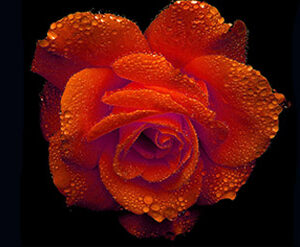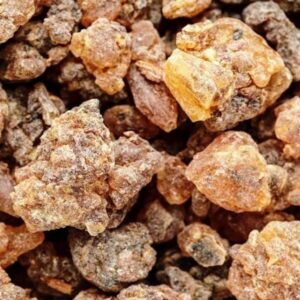Description
Description:
Base Note
Strong vanilla, adds body, works well with coumarin.
Other names : 3-ethoxy-4-hydroxybenzaldehyde ; Bourbonal ; Ethavan ; Ethovan ; 3-ethoxy protocatechualdehyde ; 2-ethoxy-4-formyl phenol ; 3-ethoxy-4-hydroxybenzaldehyde ; 3-ethoxy-4-oxidanylbenzaldehyde ; Ethyl protal ; Ethyl protocatechualdehyde-3-ethyl ether ; Ethyl protocatechuic aldehyde ; Ethylprotal ; Ethylprotocatechuic aldehyde ; Ethylvanillin ; 4-hydroxy-3-ethoxybenzaldehyde ; Quantrovanil ; Rhodiarome ; Rhodiascent ; Vanirome
Use Level: Can use up to 200 ppm in the flavor.
Can use up to 8% of total concentrate.
Volatility : Base
Uses in perfumery : Ethyl Vanillin is used in vanillic and fruity notes, often in association with Vanillin, in smaller proportions, as it is a more powerful product.
Natural availability : Ethyl Vanillin is not available in its natural state.
Chemical Properties:
Molecular formula : C9H10O3
Molecular Weight : 166,17 g/mol
Density : 1,186
Flash Point : 145°C
Fusion Point : 76°C
Appearance : White solid
Log P : Donnée indisponible,
Boiling Point : 295°C
Detection Threshold : 0,1 ppm (0,00001%)
CAS # 121-32-4
FEMA # 2464
IFRA : This ingredient is not restricted
__________________________________________________
Application Suitability:
Good performance in:
- Alcoholic Perfume
- Creams and Lotions
- Lipsticks
- Shampoo
- Hair Conditioner
- Bath/Shower Gel
- Ammonia
- Detergent Powder
- Liquid Detergent
- Fabric Softener
- Candles
- Pot Pourri
- Incense
Major problems in:
- Anti-perspirants/Deo
- Talcum Powder
- Tablet Soap
- Liquid Soap
- Cold Wave
- Acid Cleaner
- Chlorine






Reviews
There are no reviews yet.